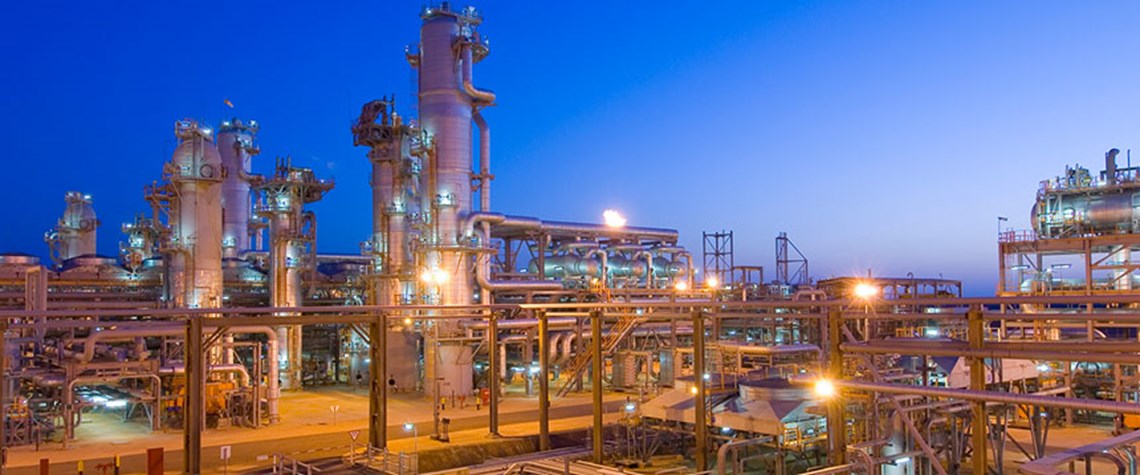By Anas F. Alhajji
Countries seeking energy security have ended up grappling with unprecedented fuel shortages from excessive promotion of one type of energy source, ill-designed political approaches and market data deterioration
The world needs all types of energy sources to meet future demand, as well as all available technologies to enhance energy efficiency without reducing living standards. In addition, the world needs all types of transportation technologies to avoid traffic congestion while reducing pollution in large cities. This means some energy sources can be considered net complements and additions, rather than net substitutes.
But what the world does not need is hype. Excessive promotion of one type of energy can indirectly generate shortages and high price volatility. For instance, hyping up the role of US shale reduced investments in upstream oil and gas around the world, leading to energy shortages and higher prices. The same goes for renewable energy and electric vehicles (EVs), which have led to the same results.

Politicians choose, citizens pay
A key problem in today’s markets is that politicians are choosing the energy sources and transportation technologies, and imposing them on consumers, who have had to pay the price for failed policies on several occasions. Moving from one energy crisis to another has become the norm on several political landscapes around the world.
The technologies that have been widely adopted in the last 150 years share four characteristics:
They have supported people’s freedom of movement.
They have saved time.
They have been supported by markets without governments’ direct subsidies to buyers.
Their benefits were immediate and priceless.
Climate change policies are ‘luxury goods’
For example, the benefits of cars over horse-drawn carriages were immediate and priceless, and the same applies to the benefits of switching from traditional landline phones to mobile phones.
Going back to the energy choices of politicians, given insufficient investments in oil and gas, governments have been compelled to provide subsidies indefinitely for the energy sources and transportation technologies they have chosen, ending with the conundrums discussed below.
The Catch-22 of climate change policies
The wave of EVs, which is supported by generous government subsides, is experiencing three major obstacles that could end up slowing adoption and delaying the phase-out of new internal combustion engine vehicles:
Financial: As the number of EVs increases, replacing the revenues from taxes on gasoline and diesel could prove a challenge. Talking about eliminating subsidies and imposing taxes changes the whole economics of EVs. Several countries have imposed additional fees on the registration of EVs to compensate for gasoline and diesel taxes, and this trend is expected to continue. Governments will have to choose to either limit the growth of EVs or end subsidies and impose taxes.
Environmental: When the number of EVs reaches hundreds of millions, governments will be forced to find solutions for billions of large, toxic batteries. The key question is who will pay for the disposal or recycling of such batteries? The cost will be high, if not for the EV owner then for society. Repurposing is a good idea, but the life expectancy of these batteries is limited.
Therefore, the environmental impact and the additional cost could force policymakers to restrict or slow down the growth of EVs.
Security: National security concerns could force policymakers to slow the growth of EVs. Many countries around the world, including the US, will not accept their economies being dependent on only a few sources for lithium, cobalt, nickel and graphite. China controls most of the processing of the minerals that are needed for EV batteries (and wind and solar energy technologies). Eliminating the threat to national security by developing the needed resources locally will lead to another dilemma: mining—which is a bigger threat to the environment than drilling for oil and gas.
Policy contradictions
The energy crisis in Europe, and the return to coal and wood, accentuated what energy policy experts have known for a while: climate change policies are ‘luxury goods’. They are ignored when governments cannot afford them, and when national security, foreign and economic policies take precedence.
Excessive promotion of one type of energy can indirectly generate shortages and high price volatility
When push comes to shove, national security and foreign policy trump energy security. For example, imposing sanctions on oil producers violates the principles of energy security as they concentrate energy supplies in a few countries, reduce investment and future supplies, and redirect energy trade, leading to a less efficient market, higher costs and greater price volatility. This has been the case with Western sanctions on Russia’s oil industry.
Data deterioration
Energy market data has always been controversial, and this is another factor contributing to energy policy failures. Before 1990, researchers and policymakers indirectly tampered with data quality by ignoring the communist bloc altogether.
Today, and specifically with respect to US data, the quality has been deteriorating since 2017 when the EIA blurred the lines between condensates produced from gas wells and those associated with oil wells, a situation that has led to inflated figures for US crude oil production. Add to that the issue of obtaining data from multiple sources with different accounting methods, which has led to double counting, and some products, such as NGLs, ended up being counted as crude oil.
Furthermore, Russia’s invasion of Ukraine and its aftermath—including the ten rounds of western sanctions against Moscow—have given rise to the largest black market in the history of the oil industry. This, in turn, has worsened data quality, given that many oil cargoes are going under the radar or being masked through various shipping schemes employed to skirt sanctions.
There is little doubt that more global energy crises are coming. Demand for oil and gas is severely underestimated, while investments are not even intended to address demand estimates. Meanwhile, the abrupt changes in the policies of some major oil consumers are making the situation worse.
•Dr Anas Alhajji is an independent energy economist and the former chief economist at NGP Energy Capital Management.
Source: Petroleum Economist









